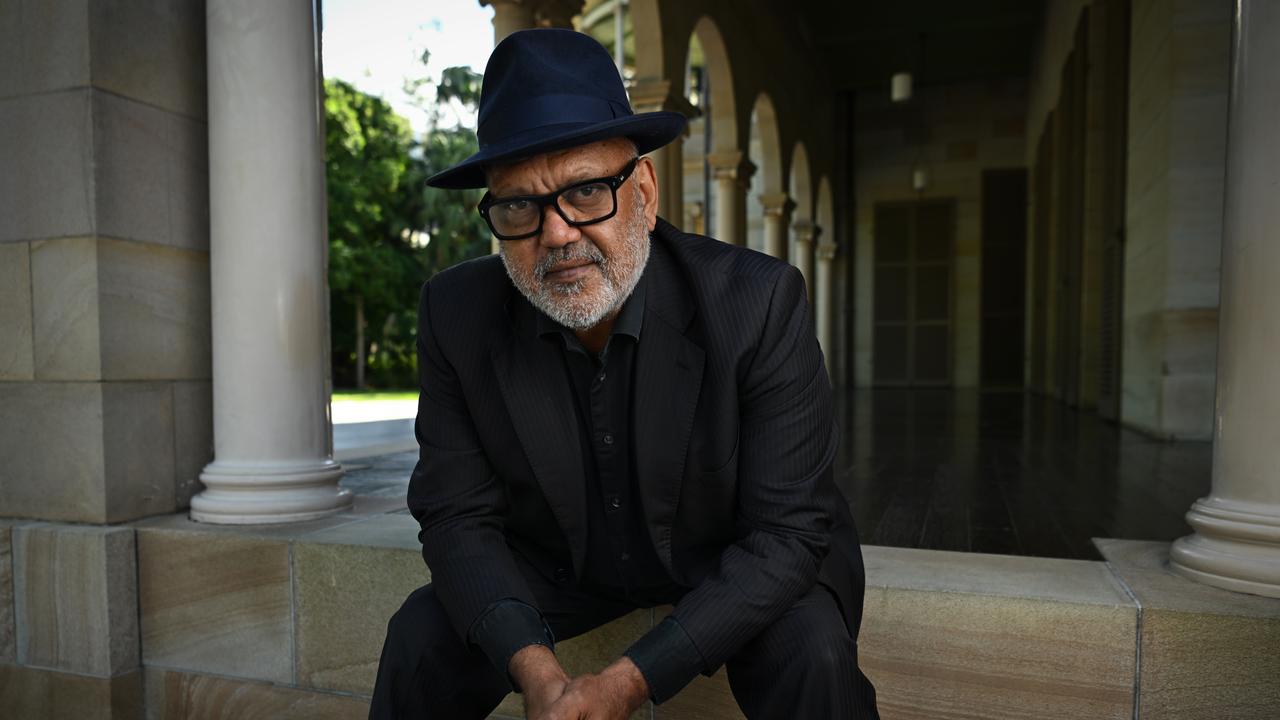Tax burden on workers set to rise this decade without fresh cuts
The budget watchdog finds the income tax take will rise by $57bn a year in a decade.

Bracket creep over the coming decade will push the average personal income tax rate to a level not seen since the introduction of the GST, even with the controversial stage 3 tax cuts due in four years.
A new analysis by the Parliamentary Budget Office said without further yearly tax cuts, bracket creep would increase the average tax rate to 25.5 per cent, taking an extra $57bn a year out of the pockets of taxpayers by 2031-32.
That clawback, however, would help to reduce sooner the ballooning debt burden because of the fiscal stimulus to counter Covid-19’s economic shocks.
Bracket creep occurs in a progressive tax system when rising incomes cause individuals to pay an increasing proportion of their income in tax, even though there may not have been changes to tax rates and thresholds.
Last week, the PBO reported that only one-in-eight individuals, those earning between $96,000 and $168,000, would have a lower average tax rate in 2031-32. For all other taxpayers, bracket creep will eat up the impact of all three stages of the tax cuts.
The PBO’s “explainer”, published on Wednesday, follows reports this month by the OECD and International Monetary Fund showing Australia relies heavily on personal income and company taxes and less on indirect taxes such as the GST, reducing work incentives and investment. Both international bodies urged Australia to pursue broad reforms to ease the load on income tax and ensure the system was sustainable.
Noting the Morrison government’s 23.9 per cent of GDP tax cap, Treasury’s Intergenerational Report in June projected that personal income tax as a share of the economy would rise from 11.1 per cent to 12.7 per cent when the tax ceiling was reached in 15 years.
As well, the independent budget watchdog estimated bracket creep would cause tax receipts to grow faster than the economy, known as “fiscal drag”, thus improving Canberra’s bottom line and reducing net debt as a share of GDP.
The PBO said governments faced a trade-off between returning bracket creep and allowing the proceeds to reduce debt faster. “In the absence of the stage 3 tax cuts, bracket creep over the next decade would be projected to reduce net debt in 2031-32 by $276bn, or 8.1 per cent of GDP,” it said.
The stage 3 tax cuts are projected to add about $197bn to net debt in 2031-32.
Treasury expects net debt to peak at 40.9 per cent of GDP in 2024-25 with the introduction of the stage 3 tax cuts, before declining by about three percentage points over the period to 2031-32.
“But if governments were to instead introduce yearly tax cuts so that the average tax rate remained at 2021-22 levels – essentially returning all bracket creep to taxpayers – the decline in net debt from 2024-25 would be negligible,” the PBO said.
In a report on medium-term fiscal trends, published last week, the PBO said bracket creep had a harsher effect on women, who were more likely to work part-time and be earning between $20,000 and $50,000.
In 2018, then treasurer Scott Morrison claimed his three-stage tax-cut plan “ran a sword through bracket creep”.
But as the PBO explains, unless tax scales are indexed to wages or inflation the “silent thief”, as the now Prime Minister described it, eventually returns to its prey.
Labor initially opposed the stage three cuts, which were large and slanted to high income earners, but capitulated in July.
The top 10 per cent of taxpayers contribute almost half of all personal tax receipts collected.




To join the conversation, please log in. Don't have an account? Register
Join the conversation, you are commenting as Logout